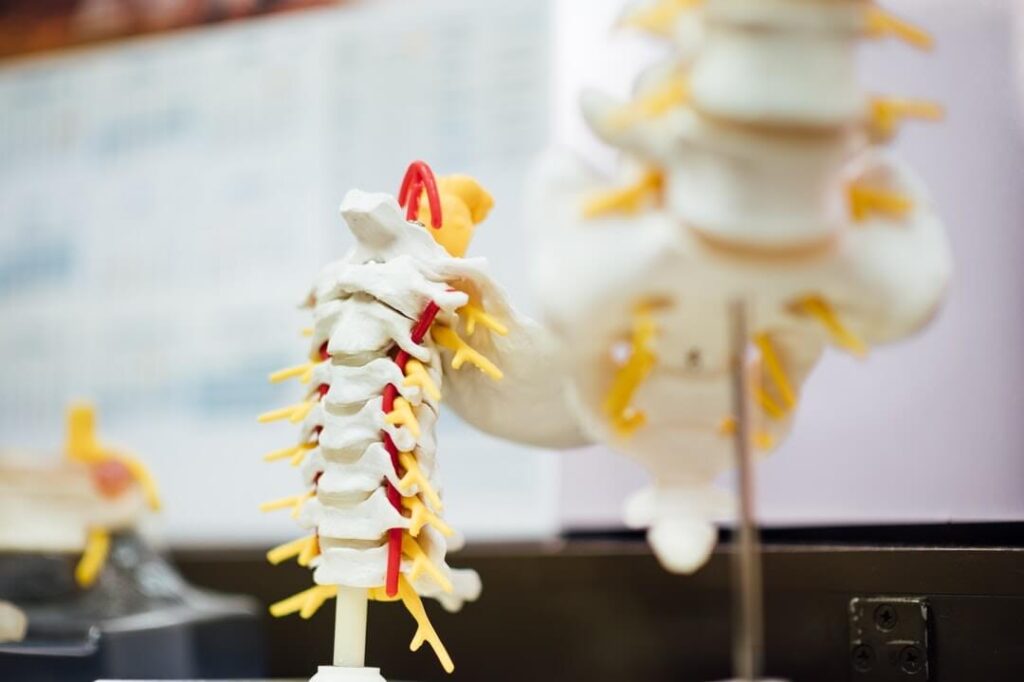
A spinal cord injury can happen out of nowhere. Whether it’s from a car accident or repetitive motions in the workplace, you may find that your back is just not able to tolerate the level of pain that it used to. That’s where some chiropractors and other medical care professionals recommend turning to spinal decompression treatment to realign the spine, putting less pressure on the skeletal and muscular system. Here’s what you need to know about this treatment and its overall success rate in alleviating discomfort.
What Is Spinal Decompression Treatment?

Back pain can happen every now and then, but sometimes, that chronic pain is beyond relief. Spinal decompression treatment is a non-surgical, traction type of therapy that seeks to get rid of lower back pain, as well as sciatica symptoms and numbness associated with significant injuries or long-term wear and tear. With the help of Triton DTS Decompression Therapy, patients with chronic back pain have seen a high success rate in having that pain disappear over time as related to herniated or bulging discs in the back.
Also read Physical Therapy For Teens And Young Adults.
During treatment, the injured area is distracted and relaxed for specific intervals of time, making for proper non-surgical treatment on the affected area. With the right positioning on the table within a chiropractor’s office, each disc in the back is isolated independently of each other, allowing specific treatment. With recommended exercises and physical therapy, pressure can be eased, allowing low back pain to drift off over time, promoting better posture and blood flow throughout the musculoskeletal system.
Non-Surgical Decompression Technique

Through spinal decompression treatment, a doctor fits a patient for a harness around the pelvis with another harness placed around the trunk. Patients are instructed to either lie facing down or up on a computer-controlled table within a doctor’s office. Such a table allows chiropractors to customize this treatment plan to meet the specific needs of a patient. A treatment session usually lasts 30 to 45 minutes. Most patients usually require anywhere from 20 to 28 treatments, at least five to seven per week over a month.
Before or after spinal decompression therapy, your chiropractor or other members of your medical care team could suggest additional treatments. This includes electrical stimulation, which provides an electric current that causes certain muscles in the back and legs to contract. Ultrasound therapy can be recommended, using sound waves to generate heat and promote long-term healing. Heat or cold therapy could almost be suggested to help eliminate swelling on an injured disc. This form of medical treatment is recommended for bulging disks, as well as worn spinal joints and injured spinal nerve roots.
Benefits of Treatment

The greatest benefit of spinal decompression treatment is that it’s a noninvasive option for treating long-term back discomfort or herniation. In addition to not having to be shored up for an extended rehab process, you can work on the position of the spine through decompression therapy that allows for pain relief. This helps to promote healing for specific disc issues in the back and restore normal spinal disc and joint alignment.
By relieving pressure on spinal nerves, chiropractors can help patients increase the space around those nerves that become impinged and inflamed. This accelerates the effectiveness of other healing approaches. Spinal decompression helps to maximize the health of the spine and its function. After all, a healthy spine supports a healthy body. Keep in mind, the duration of symptoms and other underlying issues may force surgery to be the only option. If tumors are present, this requires going under the knife. However, chiropractors are able to provide an optimal healing environment if you’re looking to break away from that nagging chronic pain.






